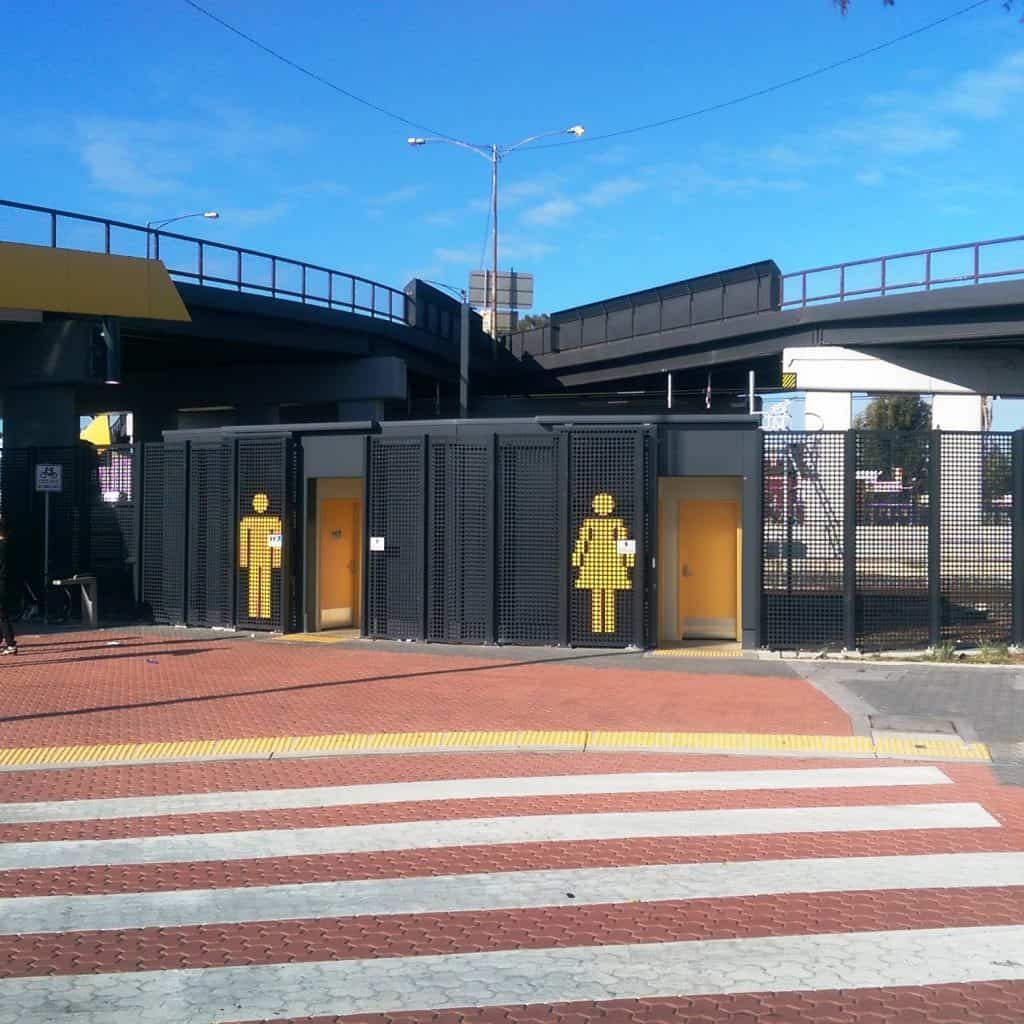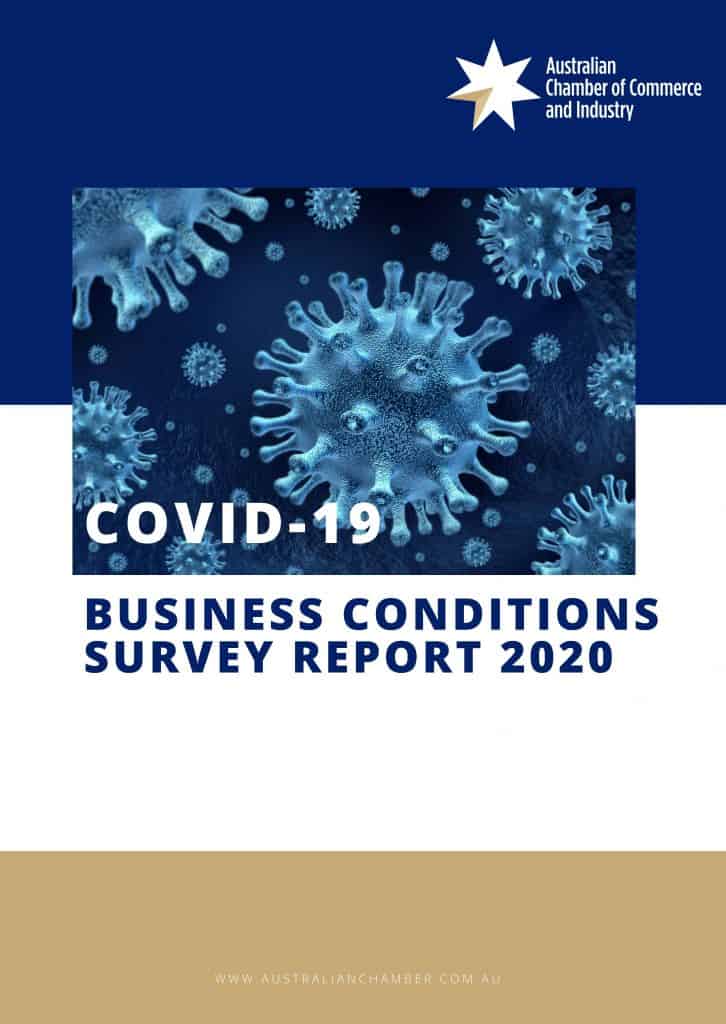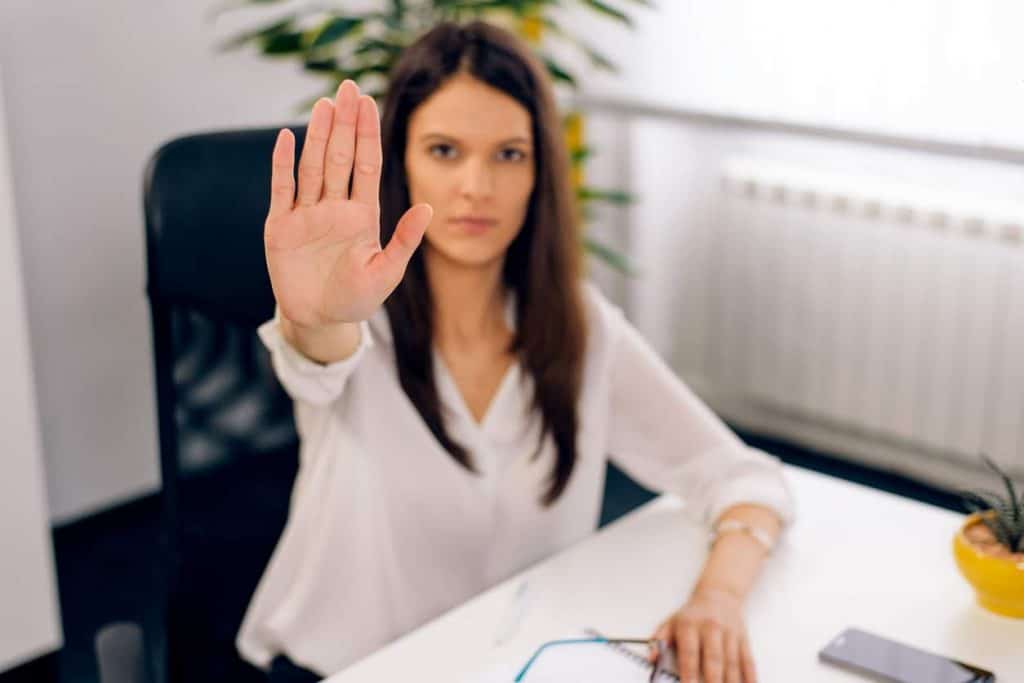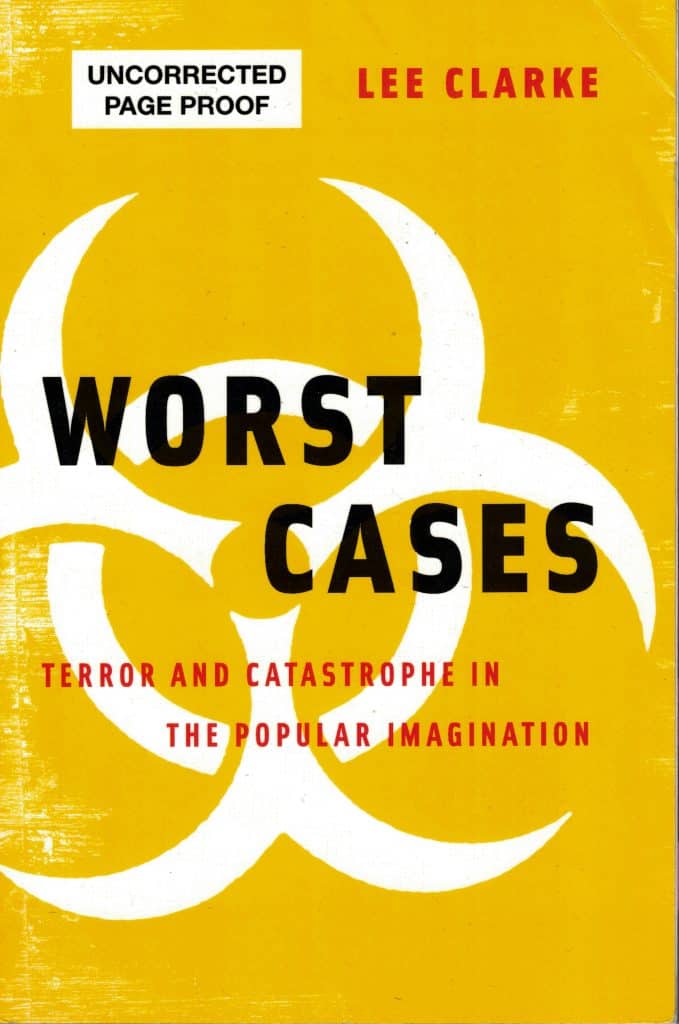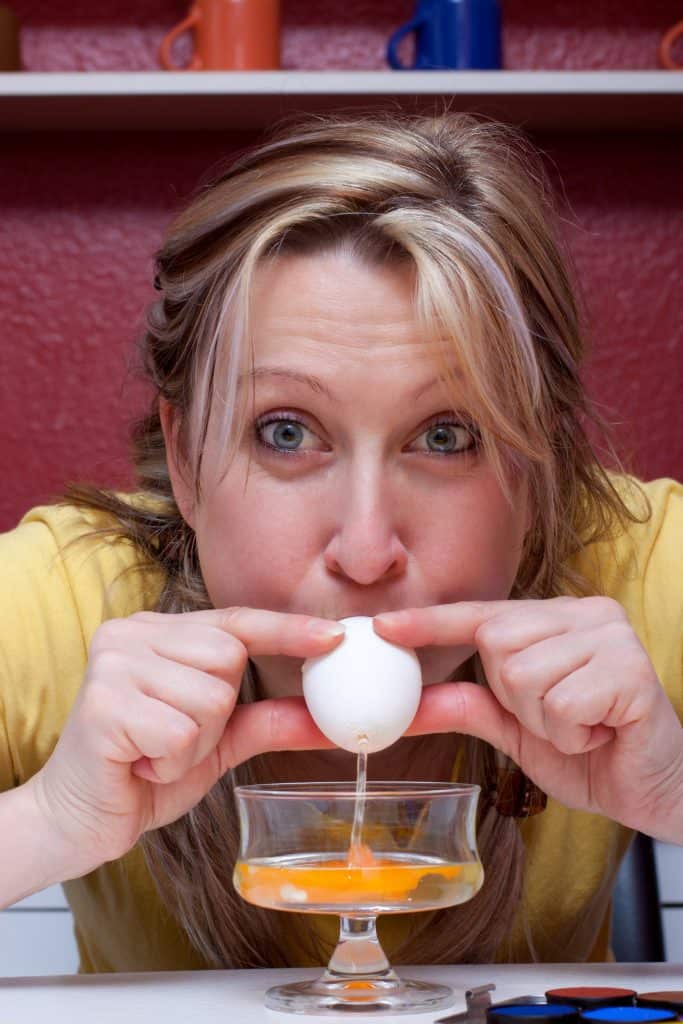
On May 1 2020, Australia’s Employment Minister, Michaelia Cash, spoke on breakfast television to discuss what the government considers to be a “COVID safe workplace”. Her advice to Australian employers was nothing more than understand your business, assess your risks and apply the controls, as if employers did not already know!?
To David Koch on Channel 7’s Sunrise program, Minister Cash said:
“… businesses need to examine what industry am I in; what are the restrictions that are still going to be in place in my particular workplace; and, do I have that action plan, that set of best practice principles ready to go so when I’m given the green light I can open my doors and Australians can come back to me with confidence knowing I have a COVID safe workplace.”

